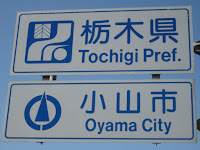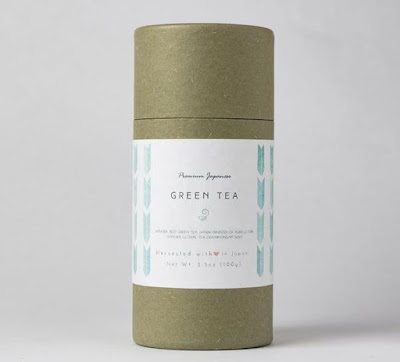People rant about nature lover’s paradises such as Alaska, Canada, New Zealand…now these places are great, I won’t deny, but there’s a lesser known place in your favourite country, Japan, which does just as great.
Shiretoko, a peninsula on northeast Hokkaido, Japan’s northernmost island, is largely a protected nature sanctuary, and a large stretch of it is completely inaccessible to the public. You want to go there, you’re gonna need a good reason for it. Researchers and a restricted number of local fishermen are the only ones who get past the boundary.
Luckily for us nature enthusiasts, there is plenty of Shiretoko Peninsula to explore without even reaching the boundary. This place is ideal not just for wildlife-watching, but for hiking, camping, and fishing.
With so few people, you can imagine how healthy populations of wild animals are here--bears, salmon, deer, orcas, owls, sea eagles, and much much more. On top of that, Shiretoko is geographical eye-candy with its combination of stretching mountain ranges, endless lush forests, transparent lakes, rocky coasts and blue seas.
The peninsula consists of two small towns and a whole lot of World Heritage National Parks in between! Utoro, the slightly more established, wind-sheltered town, and Rausu, the rougher, more isolated town with significantly less public transport outside summer season. While Utoro is a tad cosier, Rausu is where you’ll spot more kinds of whales, so you don’t want to miss either of the settlements (if you’re particular about seeing certain species, you’d do well to look up the best season for viewing them and decide when you most want to visit).
From each of these towns, you can join a tourist boat expedition to get a glimpse of the restricted-access part of the peninsula, which spans a total of roughly 190km2. While expensive, a boat trip it’s a must-do for nature enthusiasts. Not only can you see a number of rare species, but you get fantastic views of the stunning coastline and pure rugged forest.
 |
| Shiretoko Coastline |
If you want a closer view, there are trips from Rausu which use smaller boats and go closer to the coast. This is good for wildlife photographers but beware that the smaller the boat, the less stable and less still of a picture you’ll be able to take. There’s also salty waves to consider—be careful. I took a good lot of photos on my trip, which was on one of the larger and more stable boats, but we also stayed further away from the coast due to our size. In the end, though I got some decent photos, it was enough to just sit back and enjoy watching the nature with my own eyes.
Shiretoko is also host to a number of excellent hikes. Most of these are day hikes up to 3 hours, with shorter loops included for those who prefer them. On the other hand, if you want a long intense hike, there is Mt Rausu which takes a few days.
 |
| Shiretoko Five Lakes Hike |
Fishing is also a popular activity here. Salmon are plentiful in the summer. You can fish from one of the river mouths, or join the Japanese fishermen hurling their lines out from the marinas in Utoro and Rausu (fishing salmon upriver is illegal in Japan).
As you can guess, I went here during summer. This is when most visitors go, and more public transport is available. Yet Shiretoko transforms depending on the season, so if you have the chance to visit during another time (I recommend hiring a vehicle if you do) then I say go for it. Winter is the second most popular time, as sea ice forms around the peninsula, becoming host to different kinds of whale and the endangered Steller’s sea eagle. While some hikes may not be open in winter and you can’t fish salmon at this time, you can try ice fishing with a local. I’m definitely coming back in winter when I get the chance.
Before I went to Shiretoko, I’d researched plenty about it, so it’s safe to say my expectations were high...yet Shiretoko outdid them all. The five days I spent there were too short to satisfy my nature cravings; yet every one of them was a glorious osmosis with Mother Nature that brought something new. For sure, Shiretoko Peninsula is a place you don’t want to miss if you’re as crazy about the outdoors as I am.
Today's guest post is from Kiwi Blogger Eli Sooker.
Eli Sooker is a travel writer and conservationist with a focus on outdoor travel. Originally from New Zealand, he now works in black bear conservation in Japan and writes funny, touching stories and travel advice articles in his spare time.
Please check out his blog and follow him on Facebook and Instagram.
 |
| Mt Rausu |





















